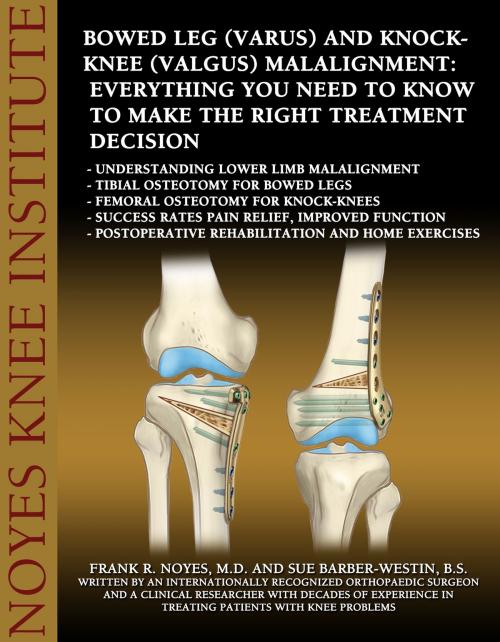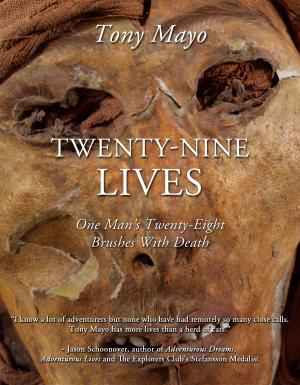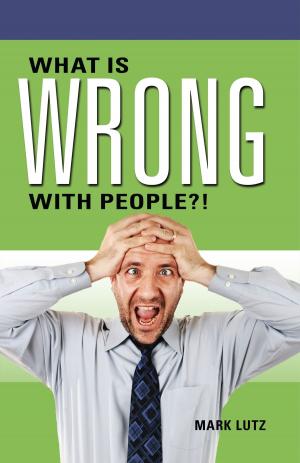Bowed Leg (Varus) and Knock-Knee (Valgus) Malalignment: Everything You Need to Know to Make the Right Treatment Decision
Understanding lower limb malalignment - Tibial osteotomy for bowed legs - Femoral osteotomy for knock-knees - Success rates pain relief, improved function - Postoperative rehabilitation and home exercises
Nonfiction, Health & Well Being, Medical, Specialties, Sports Medicine, Health, Reference, Sports| Author: | Frank R. Noyes, M.D. and Sue Barber-Westin, B.S. | ISBN: | 9781626524781 |
| Publisher: | Publish Green | Publication: | October 25, 2013 |
| Imprint: | Language: | English |
| Author: | Frank R. Noyes, M.D. and Sue Barber-Westin, B.S. |
| ISBN: | 9781626524781 |
| Publisher: | Publish Green |
| Publication: | October 25, 2013 |
| Imprint: | |
| Language: | English |
Leg malalignment, often called "bowed legs" or "knock-knees", can cause knee pain and limitations. The medical terms for these conditions are varus (bowed legs) and valgus (knock-knees). Malalignment may occur to one or both legs and be either congenital or happen as a result of an injury. Arthritis may occur from the abnormal stress and pressure placed on the inner (varus) or outer (valgus) part of the knee. An analogy is the wearing of part of a car's tire that is out of alignment. If the alignment is not fixed, the tire will wear out on one side, shortening its lifespan. Operations exist for younger active patients who have arthritis in one area of the knee from malalignment. Two medical professionals - Dr. Frank Noyes, an internationally renowned orthopaedic surgeon, and Sue Barber-Westin, Director of Clinical Research at the Cincinnati SportsMedicine Research Foundation - have written this eBook to help patients understand this problem and the treatment options available.
Leg malalignment, often called "bowed legs" or "knock-knees", can cause knee pain and limitations. The medical terms for these conditions are varus (bowed legs) and valgus (knock-knees). Malalignment may occur to one or both legs and be either congenital or happen as a result of an injury. Arthritis may occur from the abnormal stress and pressure placed on the inner (varus) or outer (valgus) part of the knee. An analogy is the wearing of part of a car's tire that is out of alignment. If the alignment is not fixed, the tire will wear out on one side, shortening its lifespan. Operations exist for younger active patients who have arthritis in one area of the knee from malalignment. Two medical professionals - Dr. Frank Noyes, an internationally renowned orthopaedic surgeon, and Sue Barber-Westin, Director of Clinical Research at the Cincinnati SportsMedicine Research Foundation - have written this eBook to help patients understand this problem and the treatment options available.















